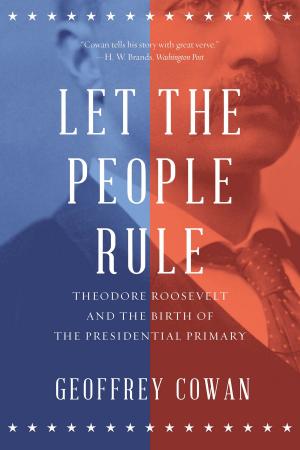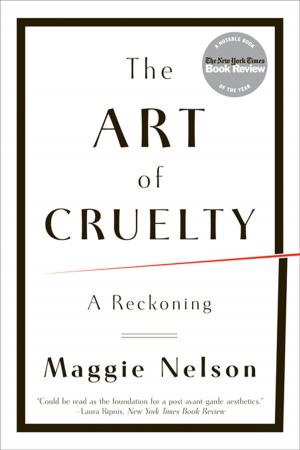Mindfulness-Based Play-Family Therapy: Theory and Practice
Nonfiction, Health & Well Being, Psychology, Family Therapy| Author: | Dottie Higgins-Klein | ISBN: | 9780393708868 |
| Publisher: | W. W. Norton & Company | Publication: | September 9, 2013 |
| Imprint: | W. W. Norton & Company | Language: | English |
| Author: | Dottie Higgins-Klein |
| ISBN: | 9780393708868 |
| Publisher: | W. W. Norton & Company |
| Publication: | September 9, 2013 |
| Imprint: | W. W. Norton & Company |
| Language: | English |
Incorporating mindfulness and family therapy into play-family sessions.
When a child is offered a space to relax the “busy mind,” his experience is comparable to mindfulness meditation. Therapists can help children remain in this calm state—in the state of the present moment—if they have the right tools and techniques to do so. During this stillness, a child can reach a level of consciousness that is parallel to the deepened awareness that occurs during mindfulness meditation. Conducting play sessions in this stage allows for healing and progress. Not only can the symptoms of children’s pain be reduced in intensity and duration, but their self-esteem can be enhanced.
This book presents a new and comprehensive framework for helping children through play therapy within the context of the family and incorporating ideas from the practice of mindfulness. This experience-based therapeutic model respectfully derives from the best roots of traditional family therapy and play therapy modalities. Additionally, it draws from child development theory, interpersonal neurobiology, and mindfulness. Either spontaneous play or directed play can be used according to the need.
Incorporating mindfulness and family therapy into play-family sessions.
When a child is offered a space to relax the “busy mind,” his experience is comparable to mindfulness meditation. Therapists can help children remain in this calm state—in the state of the present moment—if they have the right tools and techniques to do so. During this stillness, a child can reach a level of consciousness that is parallel to the deepened awareness that occurs during mindfulness meditation. Conducting play sessions in this stage allows for healing and progress. Not only can the symptoms of children’s pain be reduced in intensity and duration, but their self-esteem can be enhanced.
This book presents a new and comprehensive framework for helping children through play therapy within the context of the family and incorporating ideas from the practice of mindfulness. This experience-based therapeutic model respectfully derives from the best roots of traditional family therapy and play therapy modalities. Additionally, it draws from child development theory, interpersonal neurobiology, and mindfulness. Either spontaneous play or directed play can be used according to the need.















